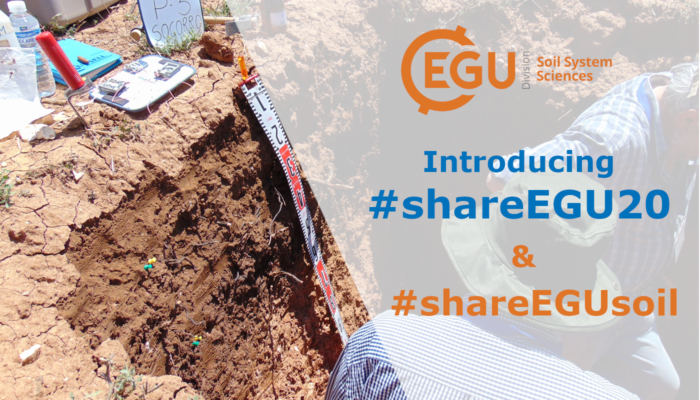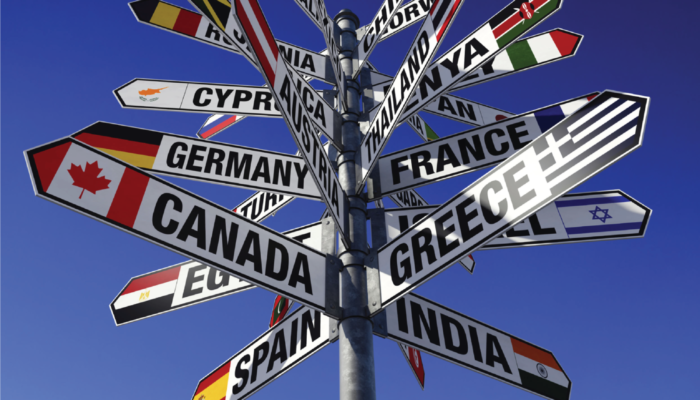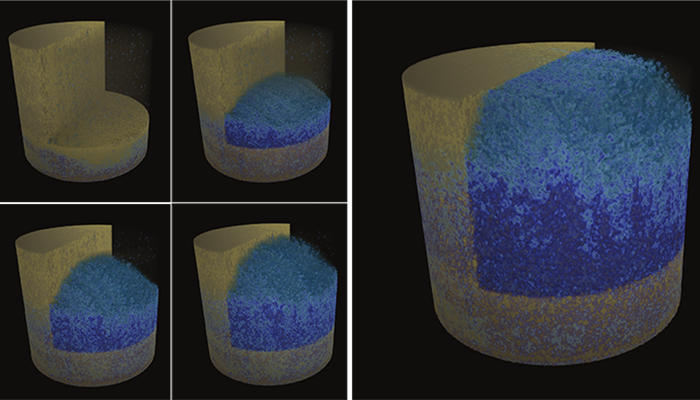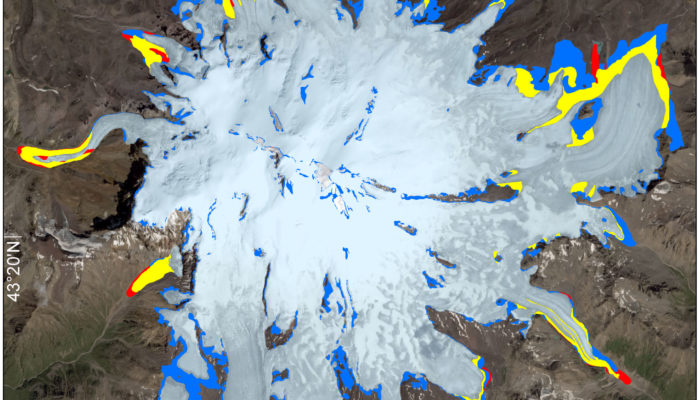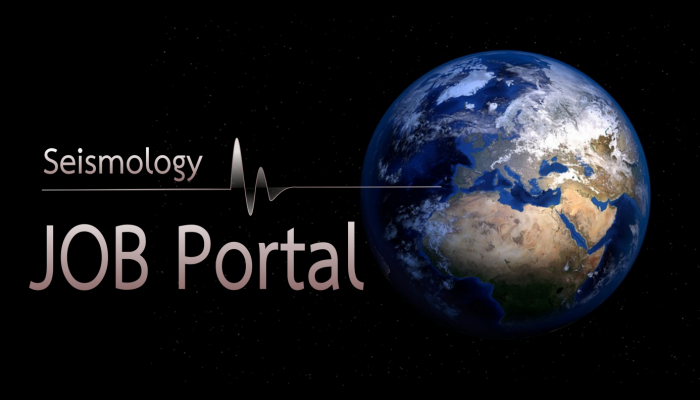During the umpteenth conference call this week, it is finally time for Carrie to share her screen. So, naturally, she asks: Where is the share screen button? Dear Carrie, I am not sure how to break this to you. Indeed, I am not sure if I should be the person telling you this. However, since you ask, I feel obliged to divulge this secret to you. Just promise me you will not tell anyone. Okay? Do I ...[Read More]
Soil System Sciences
Trying out the virtual #EGU20 (spoiler: we made it, so should you!)
Firstly, we hope that all of you, as well as your relatives, are staying healthy and safe at home. COVID-19 has spread around the planet, sending billions of people into lockdown. We are sure that we can overcome this crisis by supporting each other and making our best with our individual actions. As you have probably noticed, the physical EGU General Assembly 2020 has been officially cancelled. D ...[Read More]
Geodynamics
The challenges (and the perks) of being academic nomads
It has become inevitable for scientists to move abroad for their jobs. Moving to and living in a new country can be a very exciting, yet also tough experience. In today’s blog post, Irene Bonati (PhD Student at the Earth-Life Science Institute, Tokyo) discusses the challenges and perks that come with the nomad lifestyle of many academics. Research provides a kind of freedom that almost no ...[Read More]
Seismology
Seismology in the time of COVID-19
The COVID-19 pandemic has brought us somewhere new. With many of us confined to our homes, the Seismology ECS representatives launch a new blog series, where they put together articles, reflections, and stories to accompany the community through this unprecedented historic period. Read the articles here: ◆ Creating Value for Safety: from earthquake preparedness to pandemic outbreak response ◆ ...[Read More]
Climate: Past, Present & Future
Weather hidden within dusty parchments and weighty tomes—historical climatology and its contribution to our understanding of the past climate
What is historical climatology? Historical climatology is an interdisciplinary research field between paleoclimatology and the historical sciences, that explores the archives of societies to examine the climate of the past. Archives of society mean all man-made remains of the past in contrast to archives of nature. The latter represent physical remains of natural processes such as tree rings and s ...[Read More]
Natural Hazards
Vitor Silva: 2020 Natural Hazards division medallist story
In today’s interview, we talk with Dr Vitor Silva, who was awarded the 2020 Natural Hazard Division Outstanding Early Career Scientist Award for his fundamental contributions to the research on earthquake risk assessment. Seismic risk is the probable building damage and the number of people that are expected to be hurt or killed if a likely earthquake on a particular fault occurs. Disaster risk ca ...[Read More]
Tectonics and Structural Geology
Neutrons and X-rays: 3D and 4D imaging in geoscience
Anne Pluymakers is an assistant professor at TU Delft, whose hobbies include experimental rock mechanics and fluid-rock interaction. She focuses on the effects of fluids on mechanical behaviour of rocks at representative in-situ temperature and pressure conditions, with a strong focus on hydrochemical fluid-rock interaction. Investigating the microstructure of the rock and how it is altered is cri ...[Read More]
Cryospheric Sciences
Does debris cover offset glacier retreat in the Greater Caucasus?
In this week’s blog, Levan Tielidze tells us about supra-glacial debris cover change for the Greater Caucasus. His recent study indicates more than a doubling in the area of supra-glacial debris cover for the Elbrus Massif‘s glaciers from 1986 to 2014, the largest glacierized massif in the whole region. Glaciers on the western slope of the Elbrus Massif are affected by avalanches and thus ar ...[Read More]
Geodynamics
The Sassy Scientist – Solely Sequestered
Embedded on a chair behind a laptop, with no access to the university labs in the foreseeable future and hands-on research activities stalling, Felicia resides ensconced: I need to access my lab to do my research, but I am not allowed to go. What can I do? Dear Felicia, Not very much by the looks of it. I suggest: take a load off and get some sleep. Wean yourself off of that 12-16 hours a day rout ...[Read More]
Seismology
Seismology Job Portal
On this page, we regularly update open positions in Seismology for early career scientists. Do you have a job on offer? Contact us at ecs-sm@egu.eu Please, note that other available research positions are displayed on the EGU Jobs Portal.


